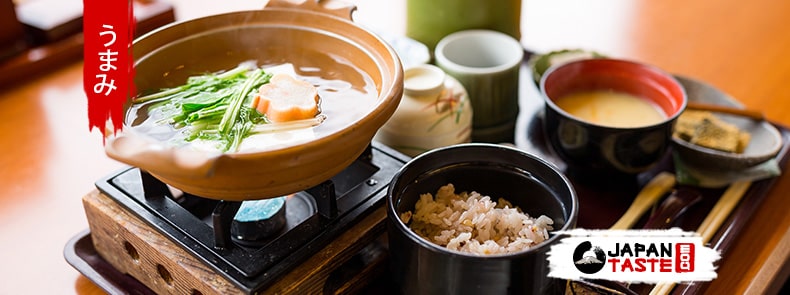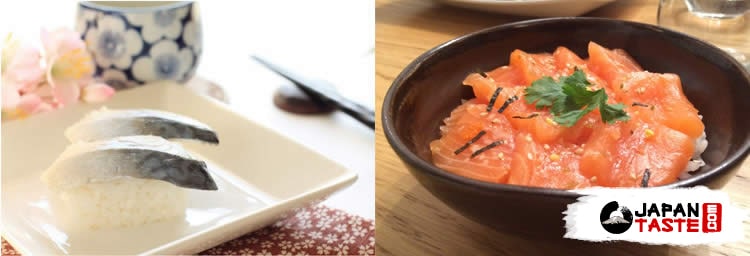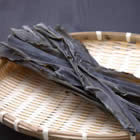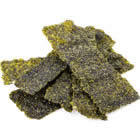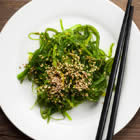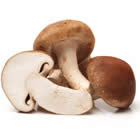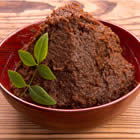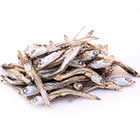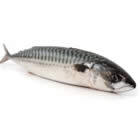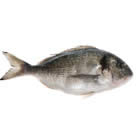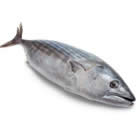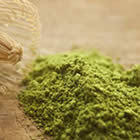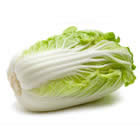The umami is a fifth flavor that is found in Japanese cuisine. Presentation:
- Umami, the fifth flavor
- Definition of umami
- Discovering umami through dashi, the basic broth of Japanese cuisine
- An international term
- Ummami foods
Ummami, the fifth flavor
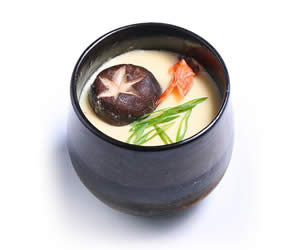 Umami “うまみ” is a flavor that complements sweet, salty, sour and bitter. It is a Japanese term, which usually translates to “savory taste“, but will always have this same name “umami” in any language and any country. It is a very important culinary criterion in Japanese cuisine but mysterious to Westerners. That’s why it’s important to understand it, which we’ll try to explain to you below.
Umami “うまみ” is a flavor that complements sweet, salty, sour and bitter. It is a Japanese term, which usually translates to “savory taste“, but will always have this same name “umami” in any language and any country. It is a very important culinary criterion in Japanese cuisine but mysterious to Westerners. That’s why it’s important to understand it, which we’ll try to explain to you below.
Definition of umami
The umami is the source of many debates between several scientists because it is a flavor difficult to describe. However, they have managed to agree on the fact thatumami rounds out and balances the flavor of the dish. It could be described as a pleasant, long-lasting, appetizing flavor that covers the entire tongue. More scientifically, this 5th flavor is found in foods containing glutamate and neoclitide.
Discovery of umami through dashi, the basic broth of Japanese cuisine
Umami was discovered by Kikunae Ikeda, a Japanese researcher and chemist. He discovered that the basic Japanese broth, dashi. He discovered that the basic Japanese broth, the umami, had neither a salty, nor a sweet, nor a sour, nor a bitter taste, so he put forward a fifth flavor. We will not go into scientific details, but simply put, foods containing glutamates and neoclitides are subject to this flavor. They are found everywhere in Japanese cuisine and are for example present in dried bonito chips, seaweed konbu and mushrooms shiitake… The researchers realized that by associating simple foods with others containing the umami flavor, the intensity of the taste was significantly higher than the food alone.
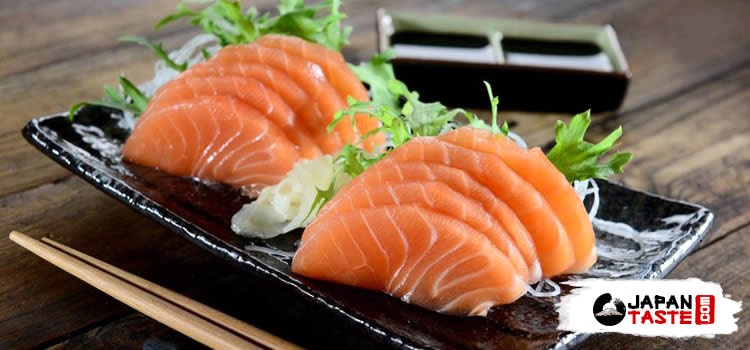
Let’s take for example sashimi. A slice of fish that is eaten with soy sauce and wasabi. Soy sauce and fish contain this umami flavor. Tasting soy sauce and wasabi separately is not really interesting, is it? By combining the sashimi fish with soy sauce and wasabi, you will have a very pleasant, sweet flavor and balance in your mouth, which will make you salivate, this is what we call umami.  We can also take example with the Italians who sprinkle parmesan cheese on their pasta to reveal the dish. Without this parmesan, the dish would be bland. Eating parmesan alone would be very good but salty and too simple. By combining the pasta and parmesan, the dish is much more appetizing because of this flavor.
We can also take example with the Italians who sprinkle parmesan cheese on their pasta to reveal the dish. Without this parmesan, the dish would be bland. Eating parmesan alone would be very good but salty and too simple. By combining the pasta and parmesan, the dish is much more appetizing because of this flavor.
The umami brings out and multiplies the flavors of each food with which it is combined. This creates a pleasant and smooth balance in the mouth that stimulates your tongue as well as your taste buds and palate.
An international term
The discovery of umami was made in Japan, but that doesn’t mean that this flavor only exists there. Indeed, this 5th flavor is also found in many European foods, such as ripe tomatoes, parmesan cheese, Roquefort cheese, meat, vegetables etc. Nowadays, this term is only used in Japanese culinary criteria, although it exists everywhere in the world.

For us Westerners, this 5th flavor is a mystery because it is not anchored in our gastronomic culture and it does not have its own taste. The great French chefs are starting to look into it all the same but the introduction of this fifth flavor remains a big debate in French gastronomy.
To be honest with you, this flavor is really difficult to describe, if you really want to know this typical Japaneseumami sensation we advise you to eat some dishes in Japan. You will discover different and unique flavors. Unfortunately in France, most of the sushi or Japanese dishes are only a pale copy of the real Japanese cuisine, so you will not find this unique flavor.
Ummami foods
Most foods containing umami are generally fermented products but you will be surprised to see that there are many other products containing this 5th flavor that we consume every day. Here are examples of foods containing this flavor in Japanese cuisine:
Examples of foods containing this 5th flavor elsewhere in the world:
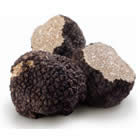
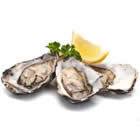






For the record, the food that contains the most umami is breast milk! So it’s easy to see why babies love to drink their milk! If you want to know more about this flavor in a more scientific way, this Umami Information Center site describes all its aspects very well.


